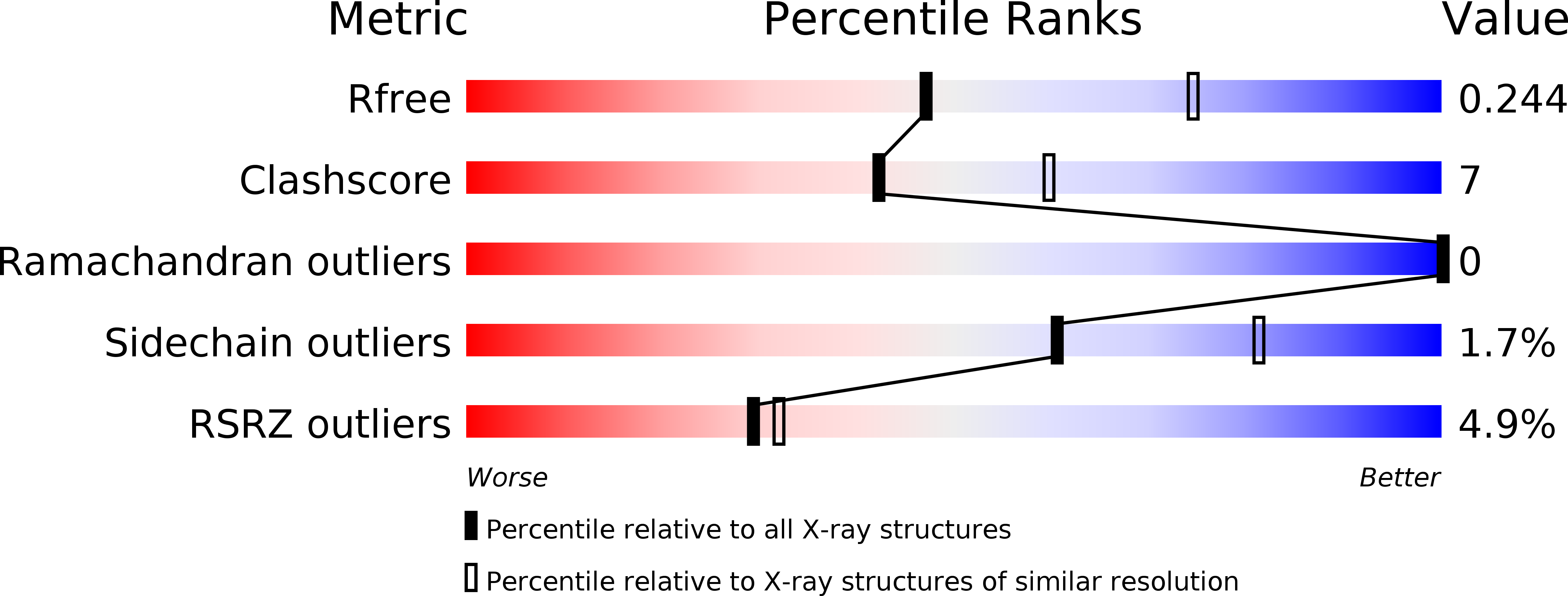
Deposition Date
2006-11-30
Release Date
2007-08-14
Last Version Date
2024-11-20
Entry Detail
PDB ID:
2O2L
Keywords:
Title:
Crystal structure of human heat-labile enterotoxin in complex with a blood group A antigen analog
Biological Source:
Source Organism:
Escherichia coli (Taxon ID: 562)
Host Organism:
Method Details:
Experimental Method:
Resolution:
2.53 Å
R-Value Free:
0.23
R-Value Work:
0.18
R-Value Observed:
0.18
Space Group:
P 21 21 2


